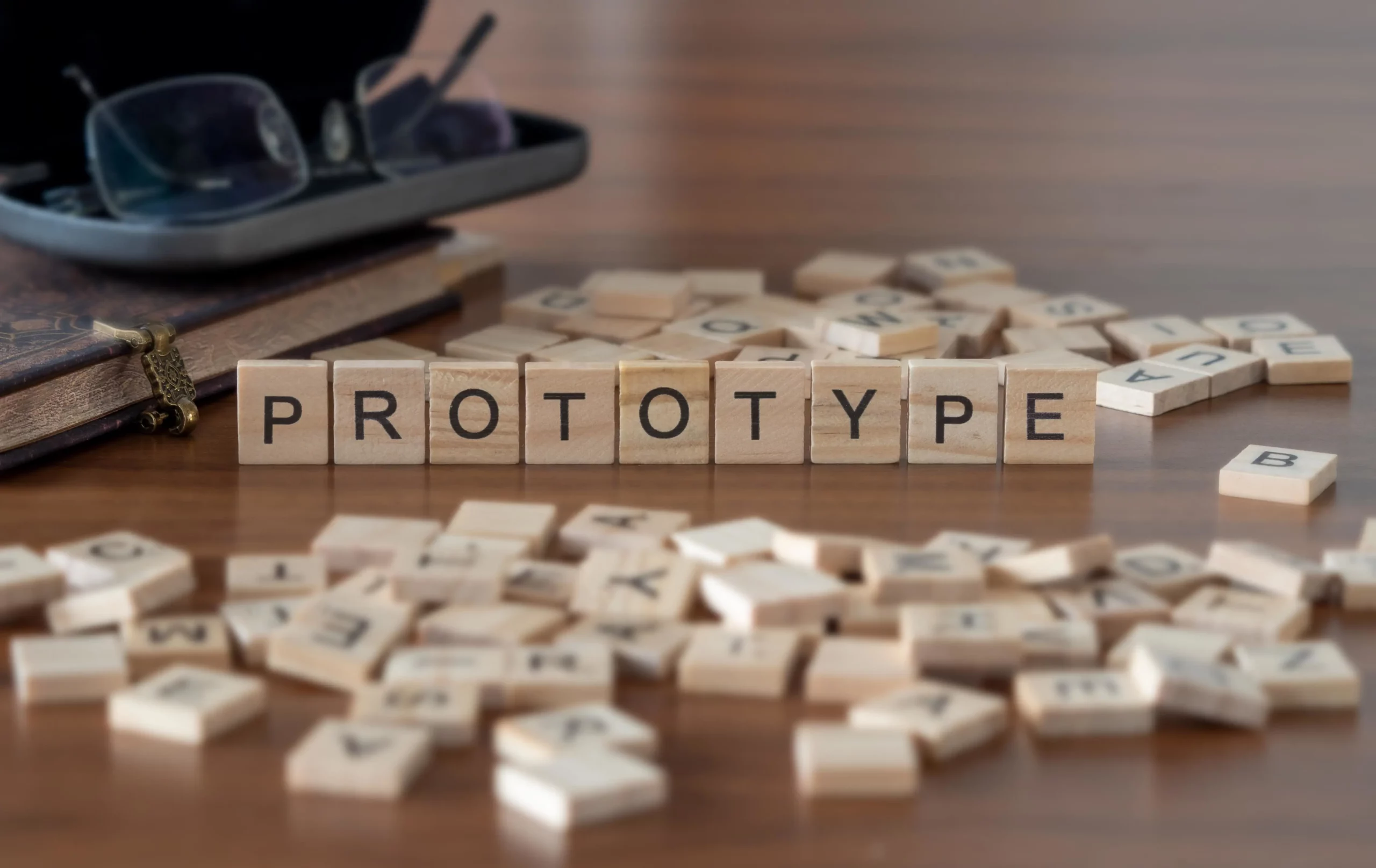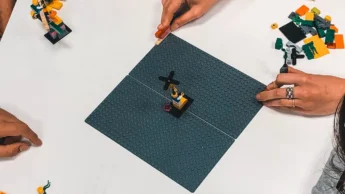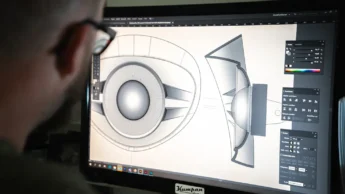Working with prototypes is not only common in professional design of (art) works. Often prototypes are also used to convey the user experience of a final product and to validate the concept. Ideal, then, when it comes to innovations.
As Beeliners, we help companies to innovate. The way we do this is by building prototypes in a short period of time. Of course we love to develop and experiment. A question asked by customers is; what can i do with it then?
In this blog we explain how you can use the prototypes. After all, it is an investment and you want to know what it will yield you.
Also interested in turning your idea into reality? We are happy to assist you. Feel free to drink a cup of coffee with us to discuss the possibilities.
What are prototypes?
A prototype is a model or simplified representation of an idea. This certainly does not always have to be a large elaborated product. It can also be a sketch, working part or a laboratory set-up. The main thing is that the idea you have becomes tangible, so that you make it easier for others to express an opinion and thus exchange ideas with each other. In the case of Beeliners, it always concerns technical prototypes, based on electronics. For example, a prototype can be a system with a number of sensors, in which the information becomes visible in a portal.
Three advantages of working with prototypes
1. To learn
The main yield of the prototype is trying to see if something works. How it works and how it is experienced. By making it tangible, it becomes much more alive or even more questions arise. In addition, it is of course important to see whether what you have in mind is really feasible or perhaps not desirable at all. In any case, it will be a talking point and this ensures that you can exchange esteem with customers or internally. For example, by investigating how user-friendliness is. This in turn provides insights to learn from.
As an example you can think of digitization processes. By presenting the obtained data in a clear manner in a portal or App, users gain insight. As a result, new questions are often asked. “If I have this information, I would also….”

2. Being able to make choices
By making several different prototypes, there is also a distinction in possibilities, ease of use, “look and feel”. This helps to make better choices, as the difference in preference becomes more visible. This can be done very well with, for example, housings of the products. By creating different concepts as tangible prototypes, you can explore what is preferable. This is also very easy these days. through the use of 3d Printers.
3. Making decisions
Ultimately, of course, it comes down to making choices. Certainly in the final stages of a development process. Then you want to ensure that there is a product that fulfill the needs in the the market. Often the product is already very close to a complete product. Nevertheless, you can still get all kinds of input from the market, to which you still have to make adjustments. The use by the consumer can then really be different from what was determined in advance in the tests.
Here’s an extra tip at the last minute.
The art of leaving out
At the start of the process, we notice that clients want too much. Trying to include all kinds of cool ideas in the product specifications. That is understandable, but this often results in a longer development time and you often only know at the end whether the customer is also waiting for all the extra. So the trick is to keep it small. Start with the most important defining characteristic of the product. So that is what should be decisive for the customer and start developing and validating it with users. If this is a success, you can always add the extras to the product.
Innovation is learning and doing
When looking for an innovative solution, you continuously run into questions. You look at different options, you research and inventory and you learn from the insights you encounter on your path. And then you do it, because of course it doesn’t stop with thinking.
We are curious about your innovative ideas and what challenges you see in front of you. If you have any questions about your specific situation or if you want to know more about safety electronics or the possibilities of digitization, please contact us.
Also interesting
-

Various types of prototypes, 3 categories
When you want to develop your idea into a physical product, it is important to create a prototype to discover what your strengths and pitfalls are. There are many types of prototypes to choose from. Discover the different types of prototypes in this blog. Prototypes come in many different… Read More
-

Prototype ready, where to go from here?
The time has come! Your prototype is ready. You have developed all your ideas into a physical copy. Now it is time to take the next steps. How will you market your prototype? And what needs to happen first? Once your prototype is ready, your product is not yet ready… Read More
-

How do you make a prototype? 3 ways
To check whether your idea is really as good as you think it is, it is good to make a prototype of it. Making a prototype does not have to be so difficult or cost a lot of money or time. In this blog article, you will read about three… Read More

